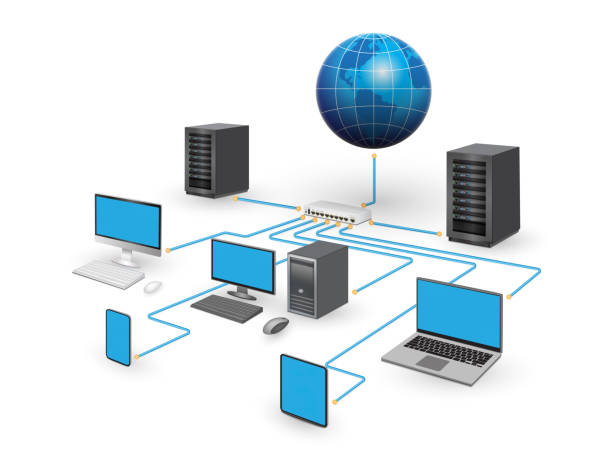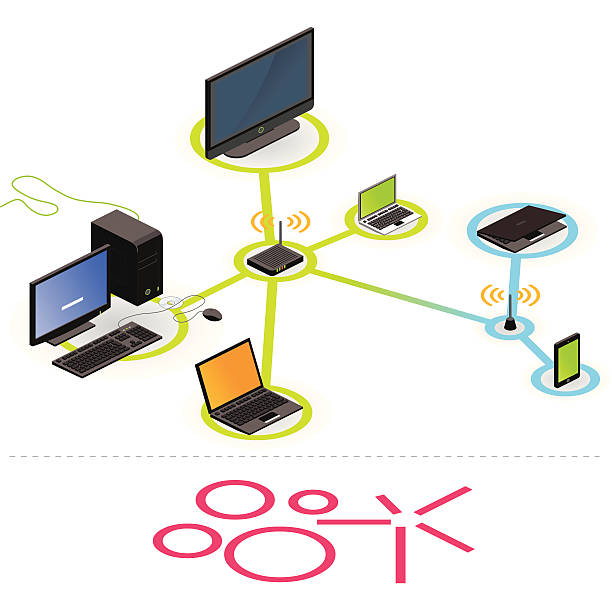Decentralized Network Technologies
Decentralized networks represent a paradigm shift in how we conceptualize digital infrastructure. Unlike traditional centralized systems, decentralized networks distribute control and data across multiple nodes, creating more resilient and secure communication channels.
These networks leverage blockchain technology, peer-to-peer protocols, and distributed consensus mechanisms to eliminate single points of failure. This approach enhances security, reduces latency, and provides greater autonomy for network participants while maintaining data integrity and system reliability.
The implementation of decentralized networks requires careful consideration of consensus algorithms, node distribution strategies, and governance models. Organizations adopting these technologies must understand the technical complexities and operational requirements necessary for successful deployment and maintenance.




